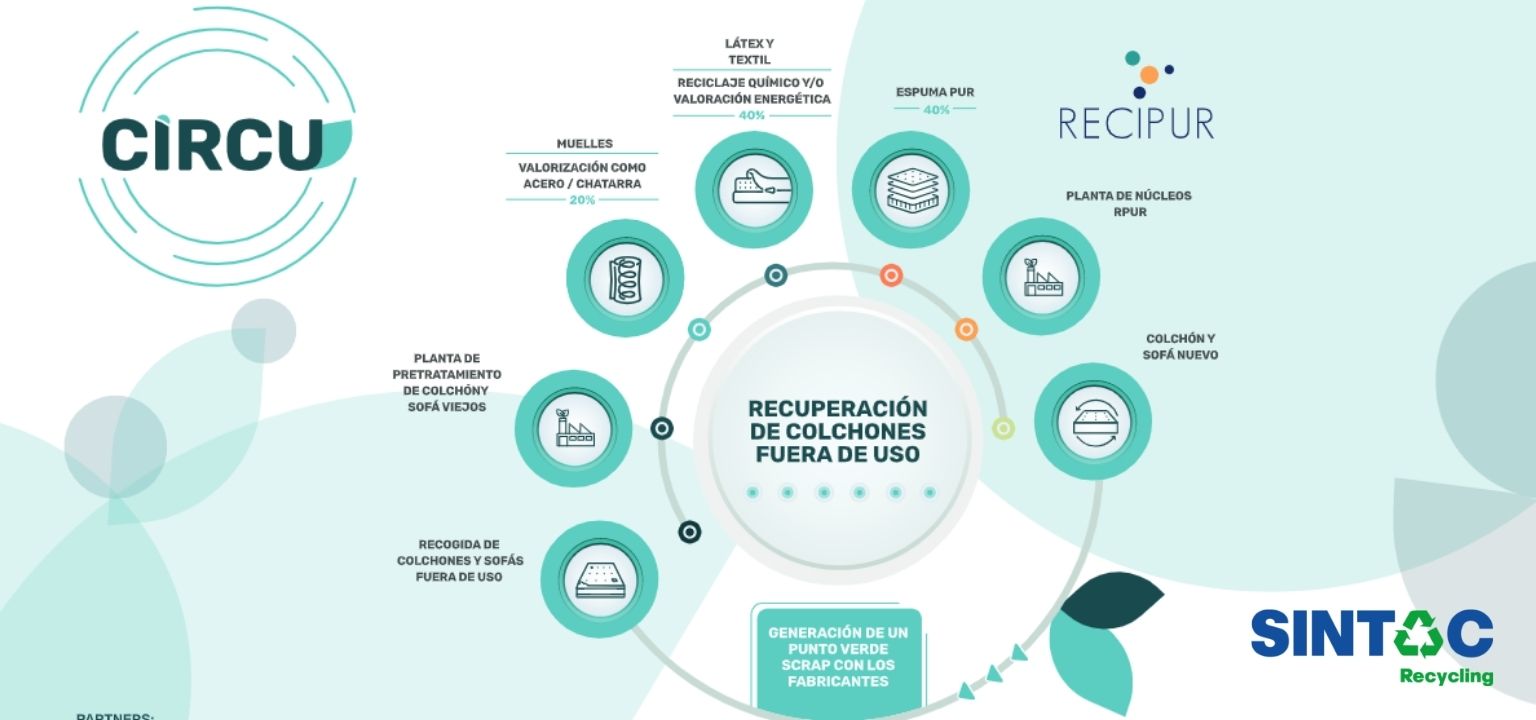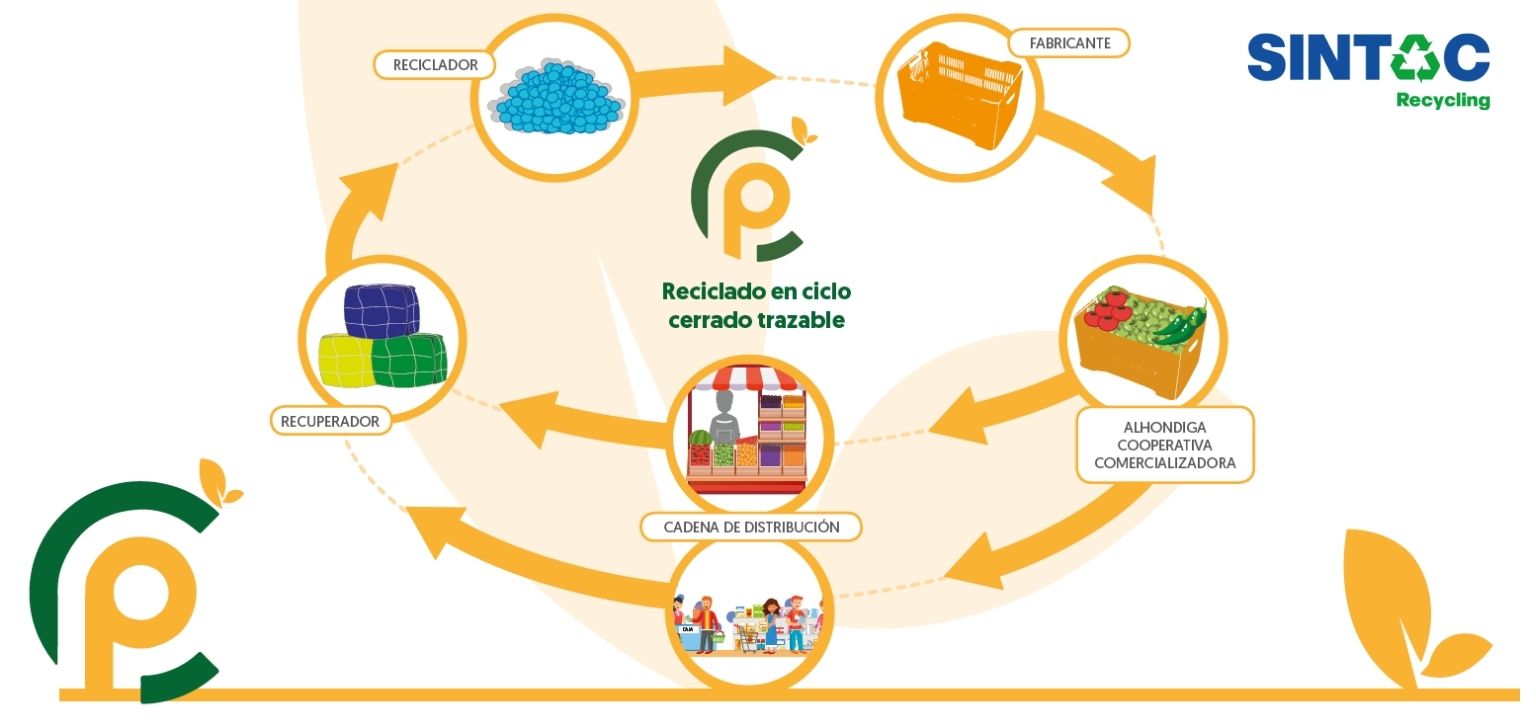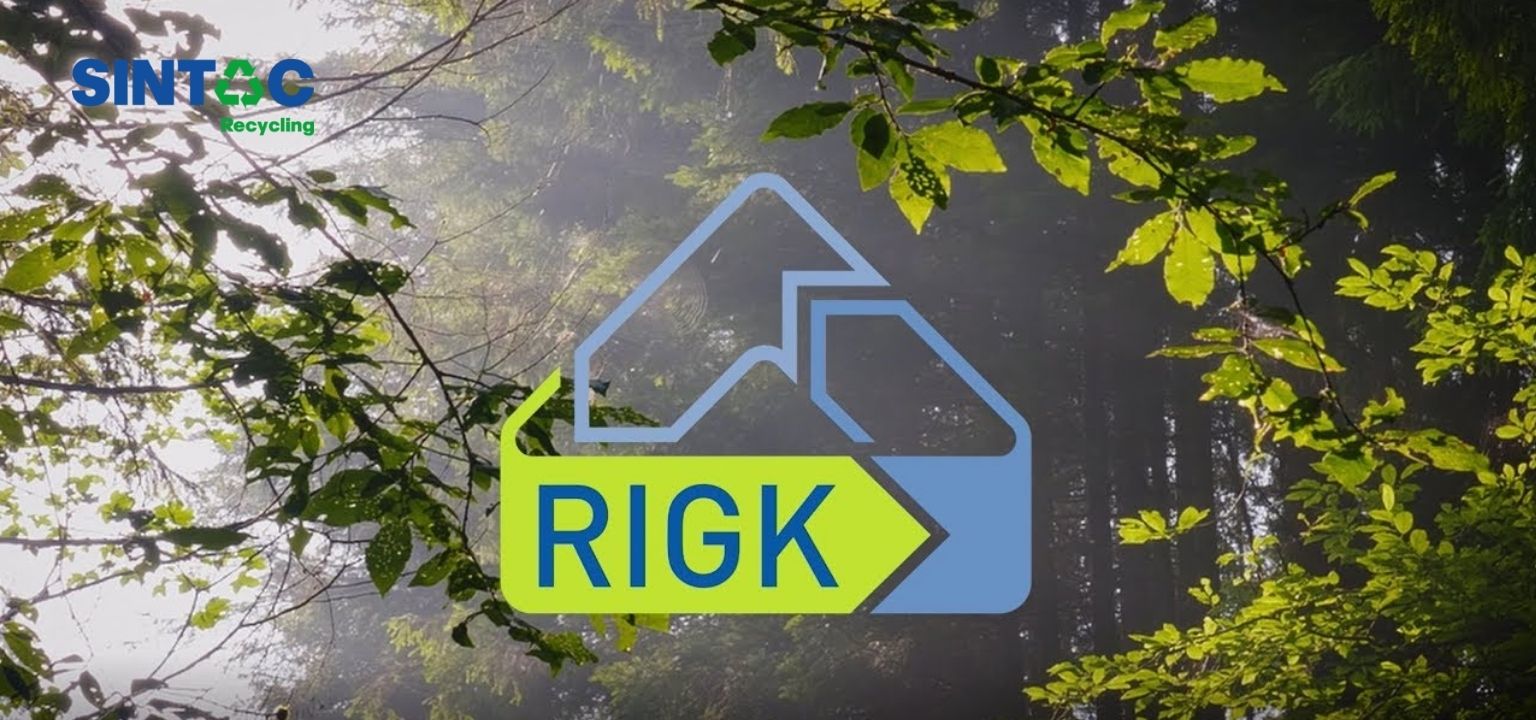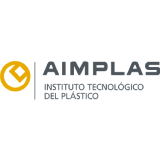What is the circular economy?
The circular economy is a new model or strategy of production and consumption that is committed to sustainable growth over time, the objective is based on reducing virgin materials by reducing waste and creating a closed loop to create from waste to resource.
What does the circular economy promote?
- Optimisation of resources.
- Reduction in the consumption of raw materials.
- Waste recovery.
- Recycling waste and giving it a new life to turn it into new products.

What is the aim of the circular economy?
– Making the best use of material resources by extending the life cycle of products.
-Protecting the environment by reducing emissions, minimising the consumption of natural resources and reducing waste generation.
– Benefits the local economy, encouraging production models based on the reuse of waste.
– Promotes employment, stimulates the development of a new, more innovative and competitive industrial model, as well as greater economic growth.
– It favours the independence of the reuse of local waste, favouring less dependence on imports of raw materials.
-From buy, use and throw away to recycle and reuse.
Mission of the circular economy:
Evolve from the 3Rs to the 7Rs:
Redesign: All products must be designed with the environment in mind, based on eco-design. In this way, it is not only the functionality of the product that takes precedence when manufacturing it, but also sustainability.
Reduce: Society consumes too much too fast. Therefore, in order to take care of the environment, we must reduce our consumption, reduce the quantity and be aware of what we really need and of course of the waste we generate.
Reuse: This is based on trying to extend the life of products, either in two different ways, using them as many times as you can or giving them new lives through crafts or DIY. There are millions of ideas on how to reuse a product. On the internet you will find thousands of ideas to reuse any product.

Repairing: Nowadays society does not waste time on repairs, for the price of products it is much easier to buy another one at the click of a button, but what about all the waste we create? Repairing has many advantages, it is much cheaper, more sustainable, you save on raw materials, energy and waste reduction.
Renovate: Nowadays, we have an important aspect of renovating old objects, with the aim that they can be used again for what they were created for.
Recover: This consists of putting into service something that was already considered unusable, especially used materials, in order to recycle them and reintroduce them into the production process.
Recycle: is to reintroduce waste that has already been used in production processes so that it can be used as raw material for new products. Really, it should be the last option after trying all the previous ones. Because remember, the best waste is the waste that is not produced!
The world continues to evolve, to advance and to grow, we need more and more energy and resources are limited. We need a change of model, from linear to circular, where the steps would be to produce, consume, reuse, recycle and extract. Following parameters where everything has value, everything is used and waste becomes a new resource.
At SINTAC, apart from being a company committed to its values and its business proposal, we apply the circular economy in all the phases of the production cycle and in all the countries where we operate, and we also collaborate in other sustainability projects such as Circu, CAPEC, Rigk.
CIRCU:
Initiative for the management of the collection and pre-treatment of mattresses and sofas that are no longer in use with the aim of manufacturing polyurethane cores. The mattress is a complex product to recover, it is composed of many materials and this complicates the separation. Currently, it is estimated that more than 1.5 million mattresses a year go to landfill in Spain, it is an environmental problem of the first magnitude and it cannot be that nobody has given an answer to it, that’s why CIRCU was born.

CAPEC:
It is the first circuit in Spain for the circular recycling of fruit and vegetable plastic crates. It is a non-profit association that has the involvement of the entire value chain, providing 100% recycled plastic crates. The CAPEC circuit is closed, controlled and traceable, and is equipped with the appropriate quality and food safety guarantees to be positively assessed by the EFSA (European Food Safety Authority).

RIGK:
Sintac is the official Spanish Agency of RIGK GmbH, which manages 7 Collective EPR (Extended Producer Responsibility) Systems for commercial, agricultural and industrial packaging and non-packaging plastics in Germany. We advise Spanish companies exporting to the German market on compliance with their legal obligations in terms of post-consumer packaging management and EPR systems, and we develop Circular Economy projects for industrial packaging.

Thanks to our circular plan, we consume fewer raw materials, produce more efficiently, extend the life of products and convert waste into new resources.
Circular economy is one of the key pillars to achieve our commitment, with today’s actions we create a new future. Let’s invent the future we all want.













